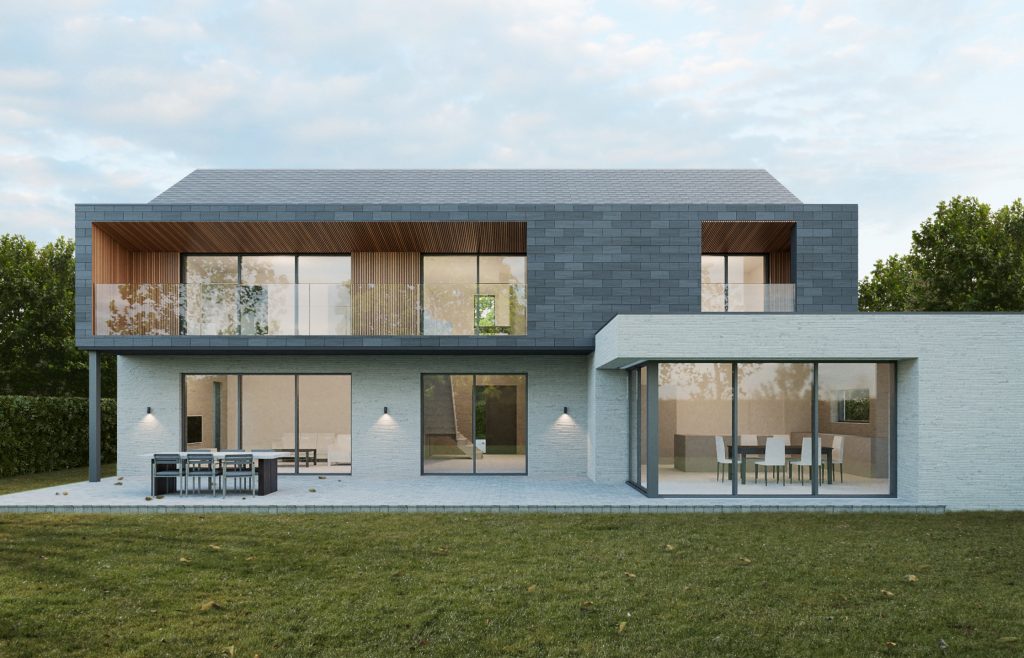8
Jul
How to build a Zero Carbon House
How to build a Zero Carbon HouseBy Michael McKay MCIAT, Certified Passive House Designer at NP Architects Ltd.
With Energy prices and living costs spiralling, never has it been so important to consider how we design houses to be as energy efficient as possible. This article seeks to explore what zero carbon is and how we can achieve it.
What is Zero Carbon?
A definition which is up for some debate, but the overarching concept is a balance of energy. There are many further elements to this, one of which is the consideration of embodied energy (energy required to construct and of produce materials). However, this article will focus on the explanation of net zero carbon which is the balancing of operational energy and the UK governments target for 2050.
Energy Balance
The balance of energy in homes can be shown in a simple diagram. To run a house, you require three key sources of energy: electricity, hot water, and heating. Individual consumption varies depending on how much you require, and these combine to create your energy demand, which is what you pay for.

Heating Energy Balance
If we break this down to only the heating in a similar diagram, we can see the factors contributing to the cost of heating. On the left is the heat you lose and on the right is the heating you need to produce for these losses to keep your house at a constant comfortable temperature. This consists of a small amount of free heat, and the remaining is demand on your heating system which you pay for. The key to any sustainable strategy and achieving zero carbon is reducing this demand; this can be done in several ways.

Passive Strategies (reducing heat losses)
A cost-effective first consideration is the reduction in the heat losses, which is a passive approach. As the heat losses are reduced, so is the demand. Some of the main ways to reduce heat losses are to consider some or all the following: better performing /thicker Insulation; better performing windows; reducing thermal bridges; and mechanical ventilation with heat recovery.

Passive Strategies (Increasing free heat)
A further consideration in addition to the above, is to maximise the amount of free heat, such as passive solar gains. It is the combination of reducing heat losses and maximising free heat that forms the key principles of the Passivhaus standard and can be used as a baseline on the way to zero carbon. However, there are additional strategies which need to be considered to achieve this.

Active Strategies (Renewable energy generation)
Renewable energy production is another key strategy to reducing cost. This can be achieved through Heat Pumps, Solar Panels (PV), Solar Thermal, Biomass and many others. Rather than reducing the demand, this works by replacing imported energy with free energy produced on site. This is represented in the diagram below.

Of course, using this method, we can achieve zero carbon by just increasing the amount of renewable energy generation until the demand is met. However, the initial investment of this alone in a poorly performing building would likely be extremely high.

The Conclusion (A hybrid approach)
In my view, to achieve net zero carbon efficiently, a balance of these strategies is needed. By reducing heat losses, maximising free heat, and utilising renewable energy in appropriate amounts the demand can be removed with a smaller initial investment.




